#Mark Borgions
Explore tagged Tumblr posts
Photo

(via ILLUSTRATION ART: UNDERNEATH THE DESIGN)
Mark Borgions
211 notes
·
View notes
Text






The Blueshift Big Band - Joystick Jazz: The Blueshift Big Band Plays Iconic Video Game Hits Volume 2 | iam8bit | 2024 | Black
Jazz covers of music from Grim Fandango, Sonic The Hedgehog 2, Kingdom Hearts III, Bomberman Hero, and Castlevania.
#the blueshift big band#joystick jazz#iam8bit#vinyl#black vinyl#lp#music#records#record collection#vgm#video game music#soundtrack#mark borgions#grim fandango#sonic the hedgehog 2#kingdom hearts 3#bomberman hero#castlevania
23 notes
·
View notes
Text
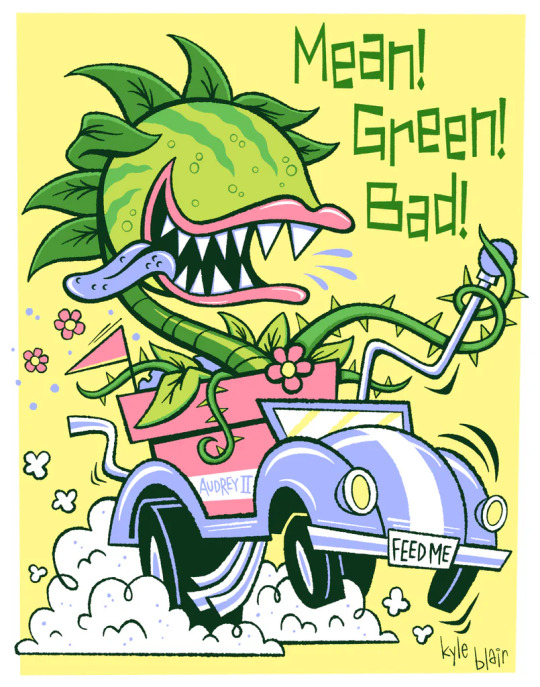
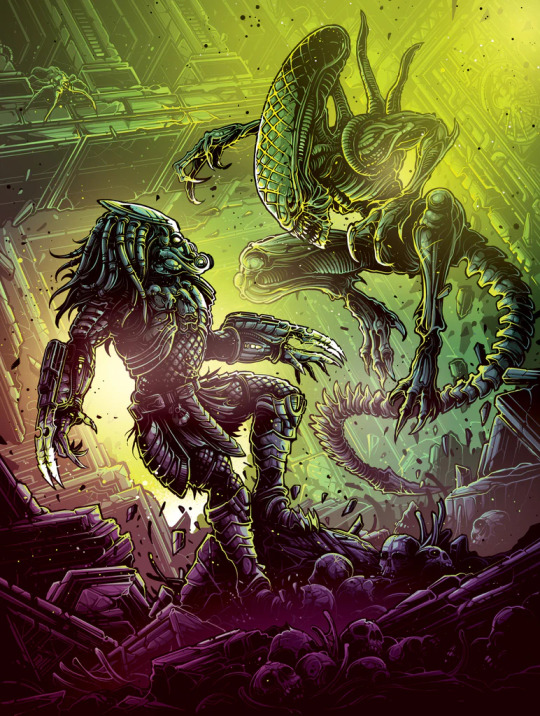

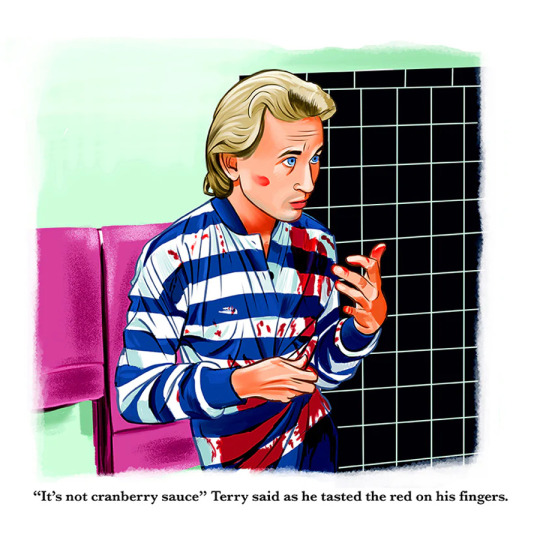
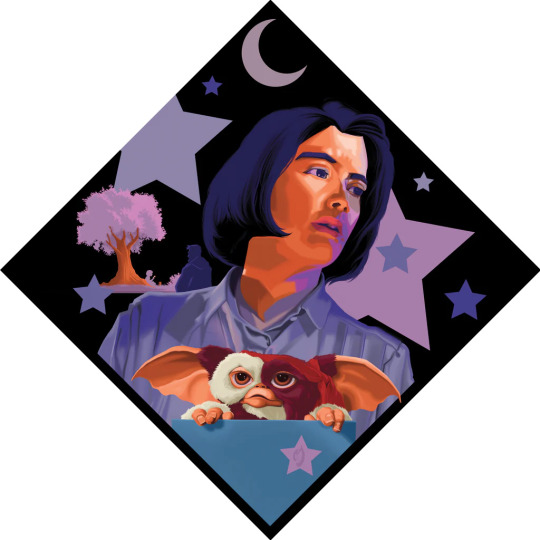




Artwork from Gallery 1988’s "Crazy 4 Cult 18" exhibit is available online. I’ve highlighted 15 of my favorite pieces:
Little Shop of Horrors by Kyle Blair
Alien vs Predator by Dan Mumford
Jurassic Park by Naomi VanDoren
Blood Rage by Travis Falligant
Gremlins 2 by Michael Stiles
Shin Godzilla by Keith Noordzy
Teen Wolf by Kyle Frink
Deep Blue Sea by T. M. Wong
Fallout by Sean Segarra
Edward Scissorhands by Paige McMorrow
Tetsuo: The Iron Man by Mark Borgions
The Ninth Gate by Shane Lewis
The Holy Mountain by John F. Malta
Flash Gordon by Stephen Andrade
Phantom of the Paradise by Pashur
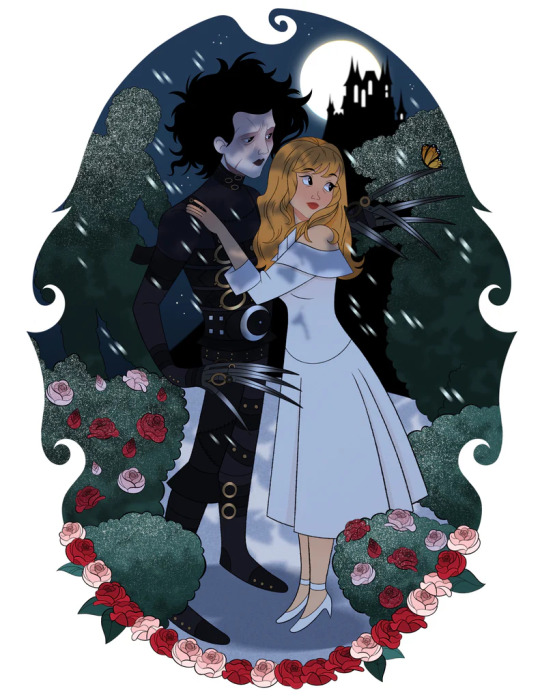



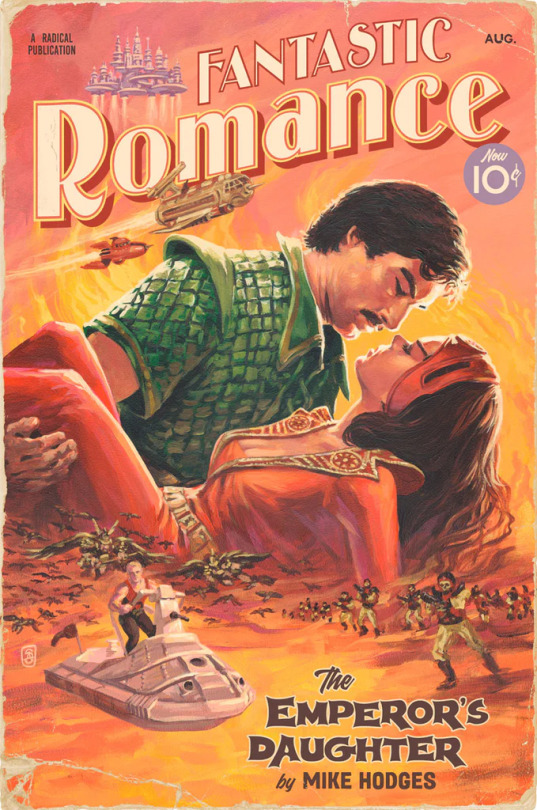

#little shop of horrors#shin godzilla#jurassic park#deep blue sea#fallout#art#gift#Dan Mumford#Travis Falligant#Michael Stiles#Paige McMorrow#Mark Borgions#Shane Lewis#John F. Malta#Stephen Andrade
25 notes
·
View notes
Text

Mark Borgions Via: https://www.instagram.com/p/CGUrNA8AEdD/
1 note
·
View note
Photo





'Ghostbusters: Artbook' is an original, fully illustrated celebration of the iconic film franchise.
Inside the deluxe, 208-page hardcover art book, from Insight Editions and packaged by Printed In Blood, features a treasure trove of original artwork inspired by the ever-popular and much loved Ghostbusters films, bringing together over 170 brilliant artists from the worlds of animation, comics, fine art, graphic design and other disciplines, as well as an introduction from the director of the highly anticipated 'Ghostbusters: Afterlife', Jason Reitman, son of Ivan Reitman, director of the original 1984 movie.
Summer 2020’s highly anticipated film 'Ghostbusters: Afterlife', from Sony Pictures in association with Bron Studios, makes this the perfect time for fans of the supernatural saga to add this must-have art book to their collection.
'Ghostbusters: Artbook' will be available from May 5 2020.
#Ghostbusters#Insight Editions#Printed In Blood#Jerry Ma#Fiona McCall#Erin Hunting#Carlos Cabaleiro#Mark Borgions#Ángel Trancón#Rian Hughes#Glen Stone#Artbook#Book#Art
23 notes
·
View notes
Photo

Mark Borgions "Greetings from Camp Crystal Lake" Postcard Print
16 notes
·
View notes
Photo

Hard to Totally Panic by Mark Borgions
101 notes
·
View notes
Photo

by Mark Borgions
8 notes
·
View notes
Photo










G r e a t A r t I n s p i r e d b y T h e X - F i l e s
4

includes art by Mark Borgions (panel 3 from top) Doaly (panel 7) Justin Cybulski (panel 8) Drew Struzan (panel 10)
2 notes
·
View notes
Text
“Visions from the Upside Down”-Stranger Things:Artbook Artists List

As we inch close to the release date of our latest and most amazing Artbook release to date, We wanted to post a list of all of the included artists in the project. I am including their Social media @nametags for Instagram (if they have an account there) so you can follow up on their amazing works outside of our new book.
Remember you can pre-order the book here:
Charles Adi @blackoutbrother
Brian Aldridge @aerosoulpro
Nick Allsop @nick_alsopp_art
Rafael Alvarez @alvarez_studio
Kwasi Amankwah @kwasi81
Stephen Andrade @stephen.andrade.7 (Facebook)
Orlando Arocena @mexifunk
Edgar Ascensao @edgar_asc
Dane Ault @monkeyminionpress
Noah Bailey @boyishdeathtribe
Giuseppe Balestra @artbygb
Mark Bell @markbellillustration
Angelina Benedetti @angelinabenedetti
Freya Betts @freyabettsart
Rick "dienzo" Blanco @dienzoart
Alejandro Blasi @alejandroblasi.art (Facebook)
Aaron Bolduc @alphaazieru
Alex Boniwell @erodingdesigns
Mark Borgions @handmade_monster
Bonnie Bozell @bbozellart
Michael Vincent Bramley @mvbramleyart
Matthew Brazier @matthew_brazier
Rio Burton @rioburton
Lin-Zy Busch @withlovelinzy
Matt Busch @matt_busch_instagram
Butcher Billy @thebutcherbilly
Sheila C @studiosheila
Carlos Cabaleiro @cabaleiroart
Chris Callahan @rgb_alpha
Josh Campbell @paybackpenguin
Daniel Campos @stalk_danielcampos
Kate Carleton @keelhaulkate
Simon Carpenter @simcarpe
Ryan Caskey @ryancaskeyillustration
Christa Cassano @christacassano
Justin Castaneda @whenuwerelittle
Victor Castro @victoroil
Lon Chan @lonchanillustrates
Alexander Cherepanov @cherepanov_inkart
Chogrin @chogrin
GMB Chomichuk @gmbchomichuk
Chris Chuckry @chrischuckry
Darren Coburn-James @asylumartz
Adam Cockerton @adamcockertonart
Joe Corroney @joecorroney
Carolyn Craggs @carriejc1983
Paul Cremin @paul_cremin_art
Ryan Crosby @rcillustration
Ronnie Crowther @ronniecrowtherart
Justin Currie @chasingartwork
Bob Dahlstrom @bobdahlstrom
Ted Dastick @teddastickjr (Twitter)
Jason Davies @jasondaviesart_
Neil Davies @neildaviesillustration1
Rich Davies @turksworks
Simon Delart @s2lart
Mike Diaz
Garrett Dix @garrett_dix_artist
Rodney Dollah @rodneydollah
Dug Nation @sketchymonsters
Matt Dunn @matthewdunnart
Roberto Duque @rad_pencils
Damian Edwardson @damianedwardsonart
Sarah Elkins @NeilaK20 (Twitter)
Don England @donaldengland_art
Nicole Falk @legendsofthefalk
Bastian Faulk @bastianfaulk
Jaimie Filer @jaimie_filer
Malcolm Fisher @mal_made
Francisco Flores @artofmetalhand
Jared Flores (Circusbear) @jaredcircusbear
Julie Fordham @juliefordham
Luke Francis @twistedabnormality
Devin Francisco @devin_francisco_art
Bryan Fyffe @bryanfyffe
Anthony Galatis @anthonygalatis
Paul Gates @pickle.vision
Bruce Gerlach @bruce_gerlach (Twitter)
Sam Gilbey @samgilbey
Donny Gillies @dirtydonnyart
Dustin Goebel @dgoebel00
Jason Goungor @jasongoungor
Art Grafunkel @artgrafunkel
Joshua Green @lvciferx
Justin Harder @clausstudioss
Paul Harrison-Davies @paulmhd
Matthew Harrower @hpmatt1984
Jordan Hart @jordyjordith
Simon Heard @sinagedesign
Tomas Hijo @tomashijo
John J Hill @johnjhill
Michelle Hiraishi @_mhiraishi
Matthew Hirons @saintworksart
Chris Hitchman @chris_hitchman
James Hobson @jamesjamesjamescreative
Tony Hodgkinson @epictonedogg
Josh Howard @josh_howard
Rian Hughes @rianhughes
Faryn Hughes @farynh
Jon Hunt @huntillustration
Ian Jepson @ian_jepson
Bernard Jezowski @berniedave
Robert Jimenez @zerostreet
JoeJr @joejrberrelleza
Adem Kaan @ademkaanillustration
Ana Kahana @kahanita
Sandra Kamenz @sandrakamenz
Chris Kay @chris_kay_art
Michael Kelleher @michaelkelleherillustrator (Facebook)
Josh Kelly @jmonsterart
Tom Kelly @tomkellyart
Jemma Klein @jemmaklein
Heather Landry @sandpaperdaisy
Doug Larocca @douglaslaroccaart
Mark Levy @marklevyart
Alice Meichi Li @alicemeichi
Matthew Lineham @mlinehamart
Chelsea Lowe @cmloweart
Jerry Ma @epicprops
Ian MacDougall @ianmacart
Mike Mahle @mikemahleart
Tomasz Majewski @tomasz.majewski
Chris Malbon @melbs74
Matthew Manlove @mattmanlove
Christopher Maul @christopher_maul
Sam Mayle @sammaylearts
Kristopher McClanahan @deeplydapper
Bill McConkey @bill_mcconkey
John McCrea (w/ Dee Cunniffe) @mccreaman1 w/ @deezoid
Scott McKay @thescottmckay
Axel Medellin @axelmedellinmachain
Kelly Migliori @heyghoulhey
Jason Miller @jasonmillerart
Peach Momoko @peachmomoko60
Akane Morinishi @akaneschibiart
Micah Mowbray @curiousartglass
Murugiah @_murugiah
Christian Nannipieri @christian.nannipieri
Matt Needle @needledesign
William O'Neill @william.oneill.792
NOS4A2 Design @nos4a2lives
Angel Onofre @angelonofre
Rey Paez @reypaezart
Luke Parker @artofparker
John Pearson @johnjpearson
Xurxo Penalta @xurxopenalta
Jerry Pesce @pesceffects
Pestmeester @thepestmeester
Lucas Peverill @lucas_peverill_art
Michelle Prebich @batinyourbelfry
Dave Pryor @davepryor72
Gary Pullin @ghoulishgary
L.Jason Queen @ljasonqueen
Aldo Requena @aldorequenavalgorth
Joey Rex @iamjoeyrex
Rodolfo Reyes @rodolforever
Aleksey Rico @alekseyrico
Julien Rico jr @julienricojr
Dylan Riley @dylandraw
Matt Riste @mattristeillustration
Rafal Rola @rolsrafal
Stephanie Rosales @rosalesart1 (Twitter)
Stephen Sampson @thedarkinker
Scott Saslow @scottsaslow
Valerie Savarie @valeriesavarie
SCAR Studios @antoinette.rydyr (Facebook)
James Schneider @boardinker
Markee Shadows @markeeshadows
Jerry Shirts @artisticaerosol
Liza Shumskaya @kino_maniac
Bill Sienkiewicz @therealthatpolishguy
Randy Siplon @randysiplon
John Sloboda @sloboart
Brian Soriano @wrathcomics
Rob Stanley @robstanleyart
Guy Stauber @guystauber
Eileen Steinbach @sg_posters
Blake Stevenson @jetpacksandrollerskates
R.H. Stewart @rhsillustratorgmailcom
Justin Stewart @justin3000stewart
Matthew Stewart @stewartillustrations
Glen Stone @glenstoneillustration
Adam Stothard @ad_illustrator
Laura Streit @laurastreit_art
Mark Stroud @markblackblue (Twitter)
Andrew Swainson @andrew_swainson
Nick Taylor @nickillustratesthings
Theoretical Part @theoreticalpart
Steve Thomas @stevethomasart
Kevin Tiernan @jurassickevin
Felix Tindall @f_tindall
Angel Trancon @angeltranconstudio
Wayne Tully @waynetully
Cody Vrosh @codyvrosh
Jonny Wellman @jonnys_pixels
Bryan West @bryanwestart
Trent Westbrook @2023comics
Chris Willdig @rebelart1984
Matthew Woods @hallowwoods
Scott Woolston @scottwool
Clinton Yeager @screamingclint
15 notes
·
View notes
Photo








The Garages - Blaseball: Discipline | iam8bit | 2022 | Red Translucent with Black Swirl + Blue Opaque with White & Black Swirl
#the garages#blaseball#discipline#iam8bit#vinyl#colored vinyl#lp#music#records#record collection#rock#garage rock#indie rock#video game music#mark borgions#niki waters#the game band
84 notes
·
View notes
Text
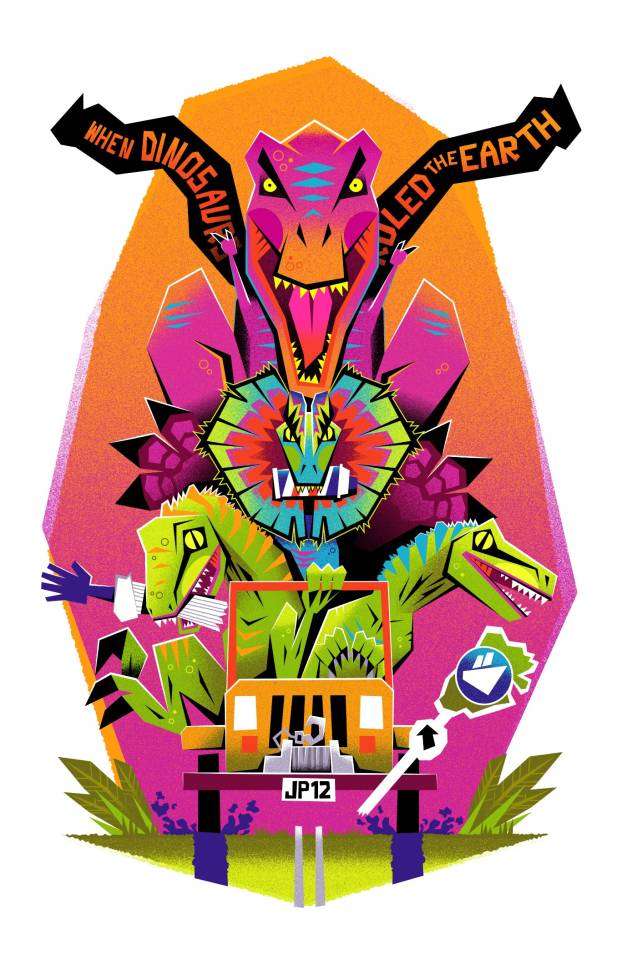


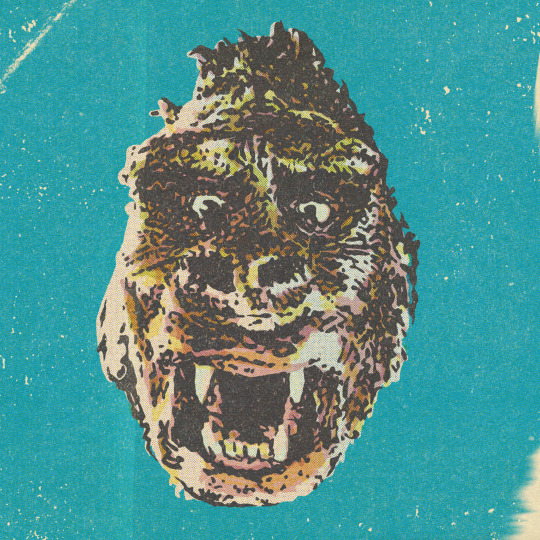
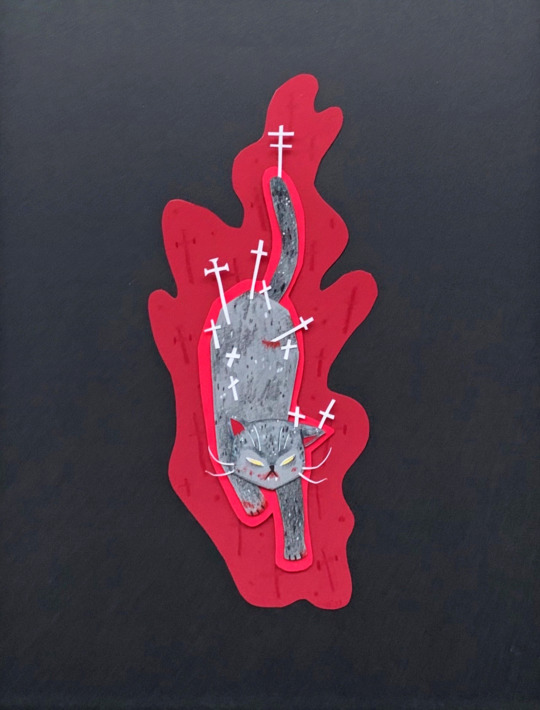
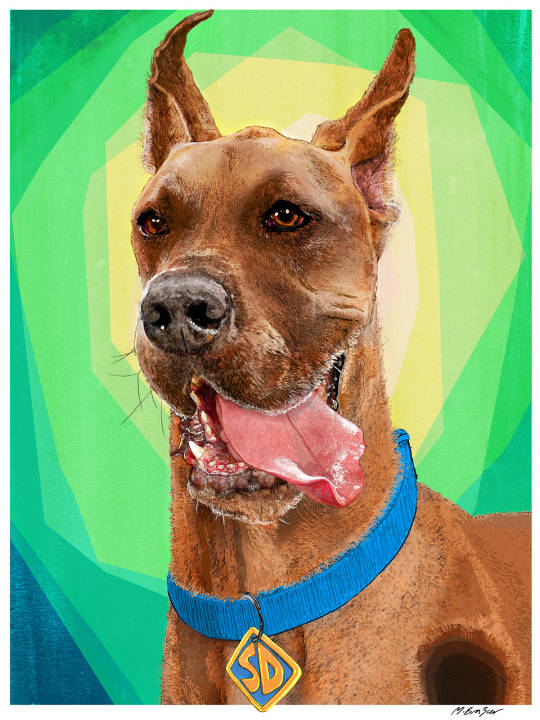


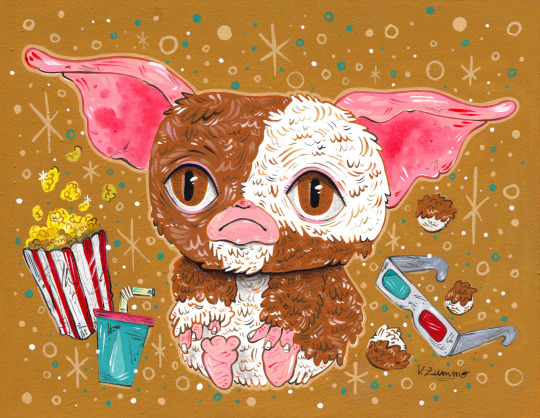
Artwork from Gallery 1988’s "Off the Leash" exhibit, a celebration of pop culture pets and creatures, is available online. I’ve highlighted 10 genre-related pieces:
Jurassic Park by Shane Houston
The Neverending Story by Stephen Andrade
The Crow by Keith Noordzy
King Kong by Jerome Caskets
Pet Sematary by Samantha Heidinger
Scooby-Doo by Matthew Brazier
Jaws by Juliet Schreckinger
Mad Max by Mark Borgions
Cujo by Mark Borgions
Gremlins by Valentina Zummo
#jurassic park#the crow#gremlins#scooby doo#king kong#the neverending story#pet sematary#mad max#gallery 1988#art#gift#stephen andrade#mark borgions#shane houston#jerome caskets
31 notes
·
View notes
Video
vimeo
Ketnet Stambos from Mark Borgions on Vimeo.
Music video for Flemish kids' channel Ketnet production: Who Killed Joe Agency: Famous
0 notes
Photo










Gallery1988 presents 'Meme: The Art Show', a group art exhibition featuring artworks inspired by various internet memes.
The exhibition is on view at Gallery 1988, 7308 Melrose Ave, Los Angeles, CA 90046 and the remaining artwork is available at gallery1988.com.
#Art#Gallery1988#Exhibition#Meme#Memes#Barry Blankenship#Mike Maas#Meghan Stratman#Jeff Victor#Luke T Benson#Shane Lewis#Megan Majewski#Jeremy Berkley#Adem Kaan#Mark Borgions#poster#print
24 notes
·
View notes









